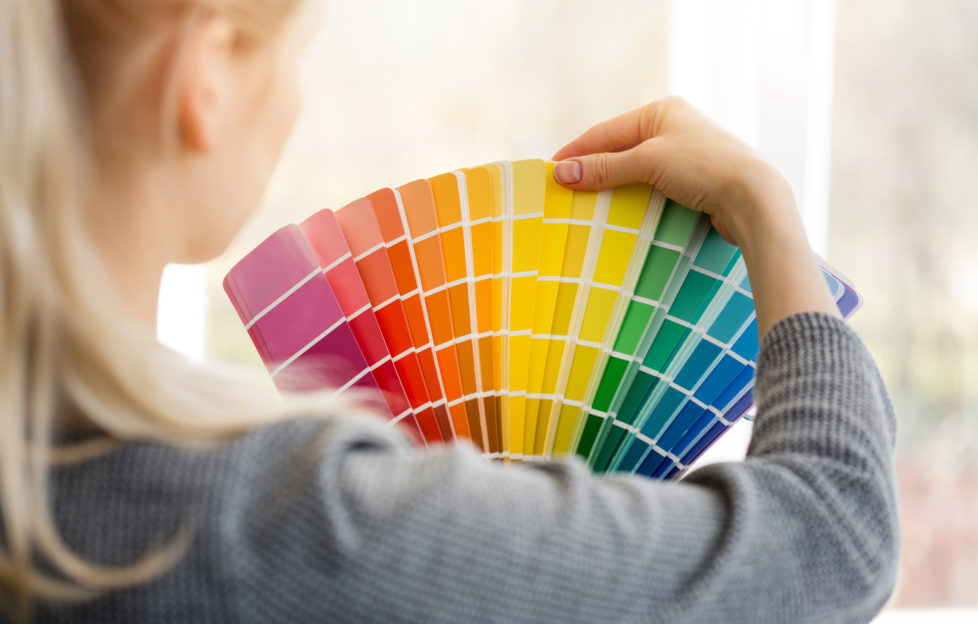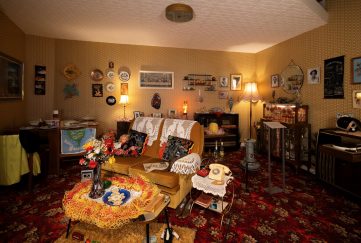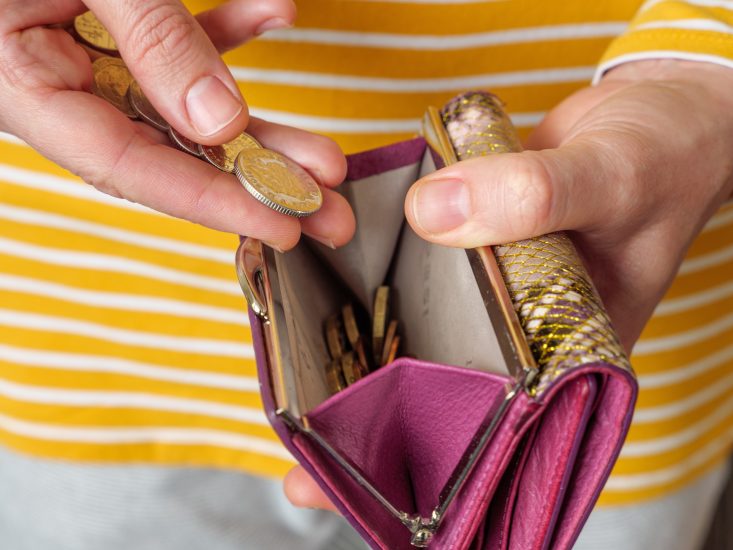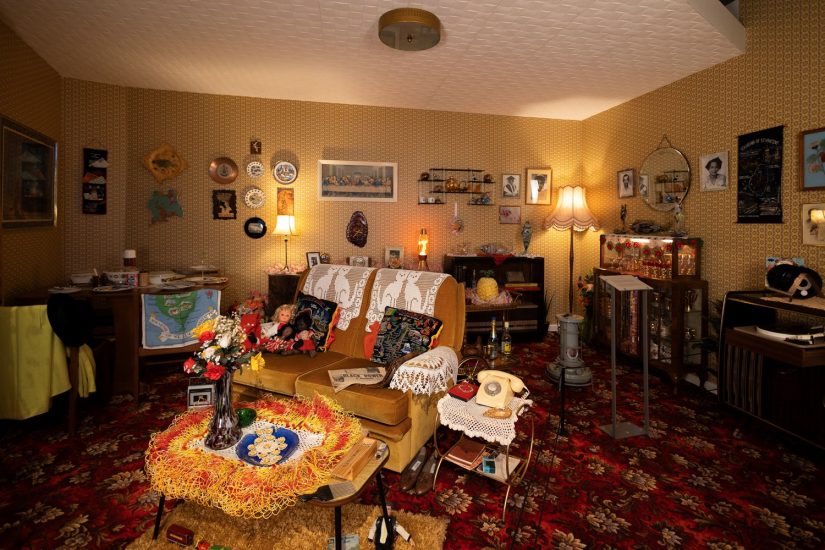Can Use Of Colour Aid Children’s Wellbeing?

There has been plenty of discussion recently about the effects of the pandemic on children’s wellbeing.
Recent research from the Education Endowment Foundation, for example, found that lockdown impacted children’s language and speech, setting them back in their learning.
And, concerningly, the pandemic seems to have had a profound effect on children’s mental health, with reports of lowered concentration to poor sleep, isolation, and even mental distress.
Now that schools have reopened, we’re likely to see these problems start to resolve.
But there are ways we can provide the right environment for our children’s mental health and support learning at home.
Proponents of colour psychology believe that the hues and shades children are surrounded with at home can affect their mental and emotional wellbeing, potentially positively or negatively.
Here, we delve into the best colour choices for your home to support your children’s mental health, creativity, and learning.
Blue for babies?
What do you think of when you see the colour blue? Some see it as calming, like a bright blue sky or the serene ocean. This is how your children perceive blue too, and it can have a number of positive effects on them.
Studies have shown blue helps babies transition more easily into sleep, leading to less fitful nights. Its calming effects are so powerful that evidence suggests it can help active children with a lot of energy to relax.
A study by the International Journal of Advanced Research has found that blue also inspires creativity amongst children.
The study gave children between 8–12 years old a set of questions, one on blue paper and one on red. It found that the children who interacted with the colour blue were able to produce more “novel” ideas with a wider variety of answers.
The red group, on the other hand, gave more “ordinary” answers.
Yellow for happiness
For most of us, yellow represents happiness. It’s positive, it’s bright, and it’s sunny.
This means it’s the perfect mood booster for both adults and children. A landmark 1993 academic study found that children respond positively to bright colours like yellow as opposed to dark colours.
It’s also associated with better concentration and memory, meaning it’s a great colour to incorporate into your child’s learning. At home, you could incorporate this with a yellow desk in your child’s room, or with yellow pencils, paper, or books.
Interestingly, psychologists recommend using yellow as an accent colour rather than painting your child’s room yellow.
While red is well known for intensifying feelings of aggression, too much yellow can apparently also invoke this in children.
Brown for concentration
A muted brown is seen as relaxing. Muted beiges and pale straw colours do the same, as well as inspiring confidence.
These neutral colours are essential to balancing out the bright colours that inspire joy and creativity. Because you can have too much of a good thing!
You might have noticed that a lot of schools and educational institutions use muted, neutral colours.
Often these come in the form of light wooden furniture, on tables and on classroom walls. This isn’t simply because they’re common interior colours; too many bright colours can be distracting and overwhelming.
Calming Green
Calming, grounding green. It immediately conjures images of nature and tranquillity.
The colour has so many positive effects on children that it’s hard to know where to start. Like blue, it can help children relax and even help babies drift off into a peaceful sleep.
While yellow is a great learning colour because of its ability to increase concentration and memory, green is a great addition because it can increase reading speed and a child’s understanding of text.
These attributes mean green is fantastic as the main colour of a child’s bedroom, in their classroom at school, or at home.
While children are drawn to bright colours, a more muted green is good for a bedroom wall, like the calming but highly pigmented Boxington from Little Greene paint.
These softer colours more closely resemble the greens we’ll find in nature for maximum relaxing effects.
Help provide comfort and relaxation
It’s clear that the pandemic has had enormous impacts on our children, from their learning abilities to their mental health.
With the school holidays around the corner and our children once again spending more time in the home, it’s important that we do everything we can to support them.
Incorporating tried-and-tested memory, sleep, and mood-boosting colours into their bedroom and your wider home can help provide comfort and relaxation as we begin to return to normal.
For more fascinating features from “The People’s Friend”, click here.










